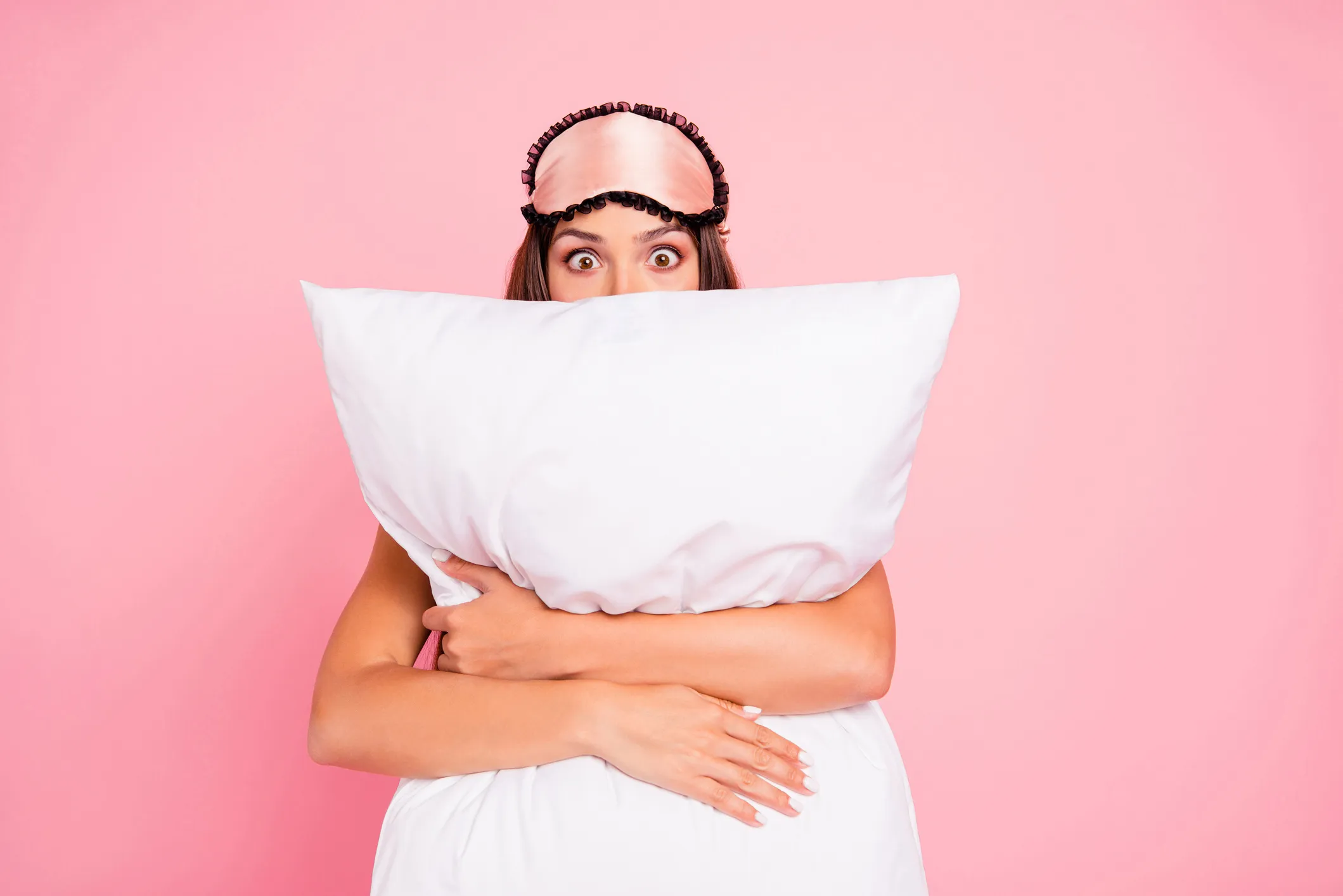

Articles
How Often Should You Change Your Pillowcase?
Modified: January 5, 2024
Discover the importance of changing your pillowcase regularly with our informative articles. Find out how often you should replace your pillowcase for optimal sleep hygiene.
(Many of the links in this article redirect to a specific reviewed product. Your purchase of these products through affiliate links helps to generate commission for Storables.com, at no extra cost. Learn more)
Introduction
When it comes to maintaining hygiene and cleanliness, many people tend to overlook one crucial element of their bedding – the pillowcase. We often focus on changing our sheets regularly, but neglect to consider how often we should be changing our pillowcases. However, pillowcase hygiene is just as important as any other aspect of maintaining a clean sleep environment.
Your pillowcase plays a vital role in protecting your pillow from sweat, dead skin cells, oils from your hair and face, as well as allergens like dust mites. Over time, these particles can accumulate on your pillowcase, creating an environment conducive to bacterial growth and compromising your overall sleep quality and health.
Furthermore, your pillowcase can have a significant impact on the condition and appearance of your skin and hair. Sleeping on a dirty pillowcase can lead to breakouts, acne, and irritation. It can also cause your hair to become greasy, dull, and prone to tangles.
In this article, we will explore the importance of maintaining a clean pillowcase and discuss the factors that can affect how often you should be changing it. We will also provide general guidelines for pillowcase replacement, as well as indications for more frequent changes. Lastly, we will share some useful tips for maintaining clean pillowcases to ensure optimal hygiene and a good night’s sleep.
So, how often should you change your pillowcase? Let’s dive in and find out!
Key Takeaways:
- Regularly changing your pillowcase, ideally once a week or every two weeks, is crucial for preventing bacterial growth, managing allergies, and maintaining skin and hair health.
- Factors such as personal hygiene habits, skin and hair type, and environmental conditions can influence how often you should change your pillowcase, so pay attention to these factors when establishing a pillowcase replacement routine.
Read more: How Often Should You Wash Your Pillowcase
Importance of Pillowcase Hygiene
Keeping your pillowcase clean is essential for maintaining optimal hygiene and promoting a healthy sleep environment. Here are a few reasons why pillowcase hygiene is so important:
1. Preventing Bacterial Growth: Your pillowcase collects sweat, dead skin cells, oils, and other bodily fluids that can create a breeding ground for bacteria. Sleeping on a dirty pillowcase can lead to skin infections, acne breakouts, and other skin irritations. Regularly changing your pillowcase helps minimize the risk of bacterial growth and keeps your skin fresh and clear.
2. Managing Allergies and Asthma: Dust mites, a common allergen, thrive in bedding and can trigger allergies and asthma symptoms. Regularly washing your pillowcase helps remove dust mites, reducing the risk of allergic reactions and improving respiratory health.
3. Maintaining Skin Health: Your face comes into close contact with your pillowcase for several hours each night. If your pillowcase is dirty, it can transfer dirt, oil, and bacteria onto your skin, leading to clogged pores, breakouts, and skin irritation. Clean pillowcases can help maintain the health and appearance of your skin, allowing it to breathe and rejuvenate properly during sleep.
4. Preserving Hair Health: Sleeping on a dirty pillowcase can cause your hair to become greasy, oily, and prone to tangles. The accumulation of oils, hair products, and dirt on your pillowcase can transfer onto your hair, leading to a dull and unclean appearance. By keeping your pillowcase clean, you can help maintain the freshness and health of your hair.
5. Enhancing Sleep Quality: Sleeping on a clean pillowcase promotes a more comfortable and relaxing sleep environment. Fresh and clean bedding can improve your sleep quality, allowing you to wake up feeling refreshed and rejuvenated in the morning.
By recognizing the importance of pillowcase hygiene, you can ensure that you are taking the necessary steps to maintain a clean sleep environment and promote optimal skin and hair health. Now, let’s explore the various factors that can influence how often you should be changing your pillowcase.
Factors Affecting Pillowcase Frequency
The frequency at which you should change your pillowcase can vary depending on several factors. Here are some key factors to consider:
1. Personal Hygiene Habits: Your personal hygiene habits play a significant role in determining how often you should change your pillowcase. If you regularly wash your face before bed, have clean hair, and practice good hygiene overall, you may be able to extend the time between pillowcase changes. However, if you sweat excessively or have oily skin and hair, you may need to change your pillowcase more frequently.
2. Skin and Hair Type: People with oily skin or scalp tend to produce more oil, which can transfer onto the pillowcase. If you have acne-prone skin or frequently use hair products, it is advisable to change your pillowcase more often to minimize the buildup of oils, dirt, and residue that can clog pores and irritate the skin.
3. Environment: The environment in which you sleep can also influence how often you should change your pillowcase. Hot and humid climates can cause more sweating and increased oil production, necessitating more frequent changes. Similarly, if your bedroom is dusty or if you have pets that sleep on your bed, you may need to change your pillowcase more often to remove allergens and dust particles.
4. Allergies and Sensitivities: If you have allergies, asthma, or sensitivities to dust mites, pollen, or pet dander, it is crucial to change your pillowcase frequently. These allergens can accumulate on your pillowcase and trigger allergic reactions and respiratory issues. Regular laundering of your pillowcase helps to eliminate these allergens and create a healthier sleep environment.
5. Overall Sleep Environment: The overall cleanliness of your sleep environment can also impact how often you should change your pillowcase. If you regularly clean your sheets and regularly vacuum or dust your bedroom, you may be able to extend the time between pillowcase changes. On the other hand, neglecting the cleanliness of your sleep environment may require more frequent pillowcase changes to maintain hygiene.
It is important to consider these factors and assess your own personal circumstances when determining how often to change your pillowcase. However, there are general guidelines that can help you establish a baseline for pillowcase replacement. Let’s explore those guidelines in the next section.
General Guidelines for Pillowcase Replacement
While the frequency of pillowcase replacement may vary depending on individual circumstances, there are some general guidelines to help you determine when it’s time to replace your pillowcase. Consider the following suggestions:
1. Weekly or Bi-Weekly: It is recommended to change your pillowcase at least once a week or every two weeks. This frequency allows for the removal of sweat, dead skin cells, and other buildup that can accumulate over time. Regularly changing your pillowcase helps maintain a clean sleep surface and promotes better hygiene.
2. Based on Personal Factors: Pay attention to your personal circumstances, hygiene habits, and the factors mentioned earlier that may influence pillowcase frequency. If you have exceptionally oily skin, sweat heavily during sleep, or are prone to allergies, you may need to consider changing your pillowcase more often.
3. Visual and Sensory Indicators: Inspect your pillowcase for signs that it needs to be changed. If you notice visible stains, discoloration, or have a lingering smell on your pillowcase, it is a clear indication that it’s time for a replacement. Similarly, if your pillowcase feels greasy, rough, or uncomfortable to sleep on, it’s best to swap it out for a fresh one.
4. Follow the Season: Consider changing your pillowcase more frequently during certain seasons. For example, during the hot summer months when you may sweat more or in the spring season when allergies are prevalent, changing your pillowcase more frequently can help maintain cleanliness and freshness.
5. Have Extra Pillowcases: Investing in multiple sets of pillowcases can make it easier to maintain good pillowcase hygiene. Having spare pillowcases allows you to rotate them more frequently and ensures you always have a clean one on hand, even when one is in the laundry.
Remember, these guidelines are just recommendations, and it’s important to assess your personal needs and circumstances when determining how often to change your pillowcase. If you still have doubts or concerns, it’s always best to consult with a dermatologist or healthcare professional for personalized advice.
Now that we’ve established general guidelines for pillowcase replacement, let’s explore some indications that may require more frequent changes in the next section.
It is recommended to change your pillowcase every 1-2 weeks to prevent the buildup of dirt, oil, and bacteria that can lead to skin issues and allergies.
Indications for More Frequent Pillowcase Changes
While the general guidelines for pillowcase replacement mentioned earlier can provide a good starting point, there are certain indications that may require more frequent changes. Below are some signs that suggest you should consider changing your pillowcase more often:
1. Acne Breakouts: If you are prone to acne breakouts, changing your pillowcase more frequently can help prevent the transfer of bacteria, oils, and dirt from the pillowcase to your skin. This can reduce the risk of clogged pores and minimize breakouts.
2. Excessive Sweating: If you sweat heavily during sleep, either due to natural body temperature regulation or certain medical conditions, it is advisable to change your pillowcase more frequently. Sweat can make your pillowcase damp and create an ideal environment for bacterial growth and unpleasant odors.
3. Allergies or Respiratory Issues: If you suffer from allergies, asthma, or respiratory problems, changing your pillowcase more often can help reduce exposure to allergens such as dust mites, pollen, and pet dander. These particles can accumulate on your pillowcase and contribute to allergic reactions and respiratory symptoms.
4. Illness or Infection: If you are sick or have been recently ill, it’s essential to change your pillowcase frequently to prevent the spread of germs and bacteria. This is especially crucial if you have a respiratory infection, cold, or flu.
5. Skin Irritation: If you experience skin irritation, sensitivity, or have a skin condition such as eczema, it is beneficial to change your pillowcase more often. Irritants and allergens on your pillowcase can exacerbate skin conditions and lead to discomfort and inflammation.
6. Makeup or Skincare Products: If you regularly wear makeup or use skincare products that may transfer onto your pillowcase, it is recommended to change it more frequently. These products can leave residue on your pillowcase, leading to clogged pores and potential skin issues.
It’s important to pay attention to these indications and adapt your pillowcase changing frequency accordingly. By doing so, you can maintain a clean and hygienic sleep environment while also promoting healthier skin and overall well-being.
Now, let’s move on to some tips that can help you maintain clean pillowcases consistently.
Read more: How Often Should You Change Your Carpet
Tips for Maintaining Clean Pillowcases
To ensure your pillowcases remain clean and hygienic, here are some helpful tips to incorporate into your pillowcare routine:
1. Wash Regularly: Make it a habit to wash your pillowcases regularly. Ideally, aim to launder them once a week or every two weeks, following the manufacturer’s instructions for care. Using a gentle cycle with a mild detergent can help maintain the quality of the fabric.
2. Separate from Other Laundry: Wash your pillowcases separately from clothing and other linens to avoid cross-contamination. This helps keep them free of lint, hair, or other particles that can transfer onto the fabric.
3. Use Hot Water: Washing your pillowcases in hot water (at a temperature of 60 degrees Celsius or 140 degrees Fahrenheit) can help eliminate bacteria, allergens, and oils effectively. Hot water provides a thorough clean and helps to sanitize the fabric.
4. Consider Hypoallergenic Detergent: If you have sensitive skin or allergies, opt for hypoallergenic detergents that are free of dyes and fragrances. These detergents are less likely to cause skin irritations or trigger allergic reactions.
5. Use Vinegar or Baking Soda: Adding a cup of white vinegar or baking soda to the wash cycle can help remove any lingering odors and brighten the fabric. Both vinegar and baking soda have natural cleansing properties that can freshen up your pillowcases.
6. Rotate Pillowcases: Consider using multiple pillowcases and rotating them throughout the week. This allows for more extended intervals between washes, as well as gives your pillowcases time to air out and fully dry before reuse.
7. Avoid Putting Pillowcases on Dirty Hair or Face: Ensure that your hair and face are clean before lying down on your pillow to help minimize dirt, oils, and product transfer onto the pillowcase. This can help extend the time between pillowcase changes.
8. Keep Pets Off the Bed: If you have pets, especially those that shed fur, try to keep them off your bed to prevent the transfer of allergens, hair, and dander onto your pillowcase. This helps maintain a cleaner sleep environment.
9. Store Pillowcases in a Clean and Dry Area: When not in use, store your pillowcases in a clean and dry area, such as a linen closet or drawer. This helps prevent dust and dirt from accumulating on them between uses.
10. Replace Old Pillowcases: Over time, pillowcases may become worn out or stained, making it challenging to clean them effectively. When this happens, it’s best to replace them with new ones to ensure maximum cleanliness and hygiene.
By following these tips, you can maintain clean and fresh pillowcases, promoting a healthier sleep environment and better overall hygiene for your skin and hair.
Now, let’s wrap up our discussion on pillowcase hygiene.
Conclusion
Maintaining clean pillowcases is crucial for ensuring optimal hygiene, promoting skin and hair health, and creating a comfortable sleep environment. By following the guidelines and tips mentioned in this article, you can establish a routine that suits your personal needs and helps you keep your pillowcases fresh and free from dirt, oils, and allergens.
Remember to change your pillowcase regularly, ideally once a week or every two weeks, but adjust the frequency based on personal factors such as your skin and hair type, hygiene habits, and environmental conditions. Additionally, pay attention to indications that may require more frequent changes, such as acne breakouts, excessive sweating, allergies, or skin irritations.
When washing your pillowcases, use hot water, a mild detergent, and consider adding vinegar or baking soda to eliminate odors. Separate your pillowcases from other laundry, and if possible, rotate them throughout the week to allow for ample drying time. Keeping your pillowcases clean and maintaining a clean sleep environment can enhance your sleep quality, prevent skin and hair issues, and minimize the risk of allergens affecting your health.
Lastly, don’t forget to practice good personal hygiene, avoid putting dirty hair or face on your pillow, and keep pets off the bed to further maintain the cleanliness of your pillowcases.
By prioritizing pillowcase hygiene, you can enjoy a restful night’s sleep on a clean and comfortable surface, while also taking care of your skin, hair, and overall well-being. So, don’t overlook your pillowcase when it comes to maintaining a clean and hygienic sleep environment!
Frequently Asked Questions about How Often Should You Change Your Pillowcase?
Was this page helpful?
At Storables.com, we guarantee accurate and reliable information. Our content, validated by Expert Board Contributors, is crafted following stringent Editorial Policies. We're committed to providing you with well-researched, expert-backed insights for all your informational needs.
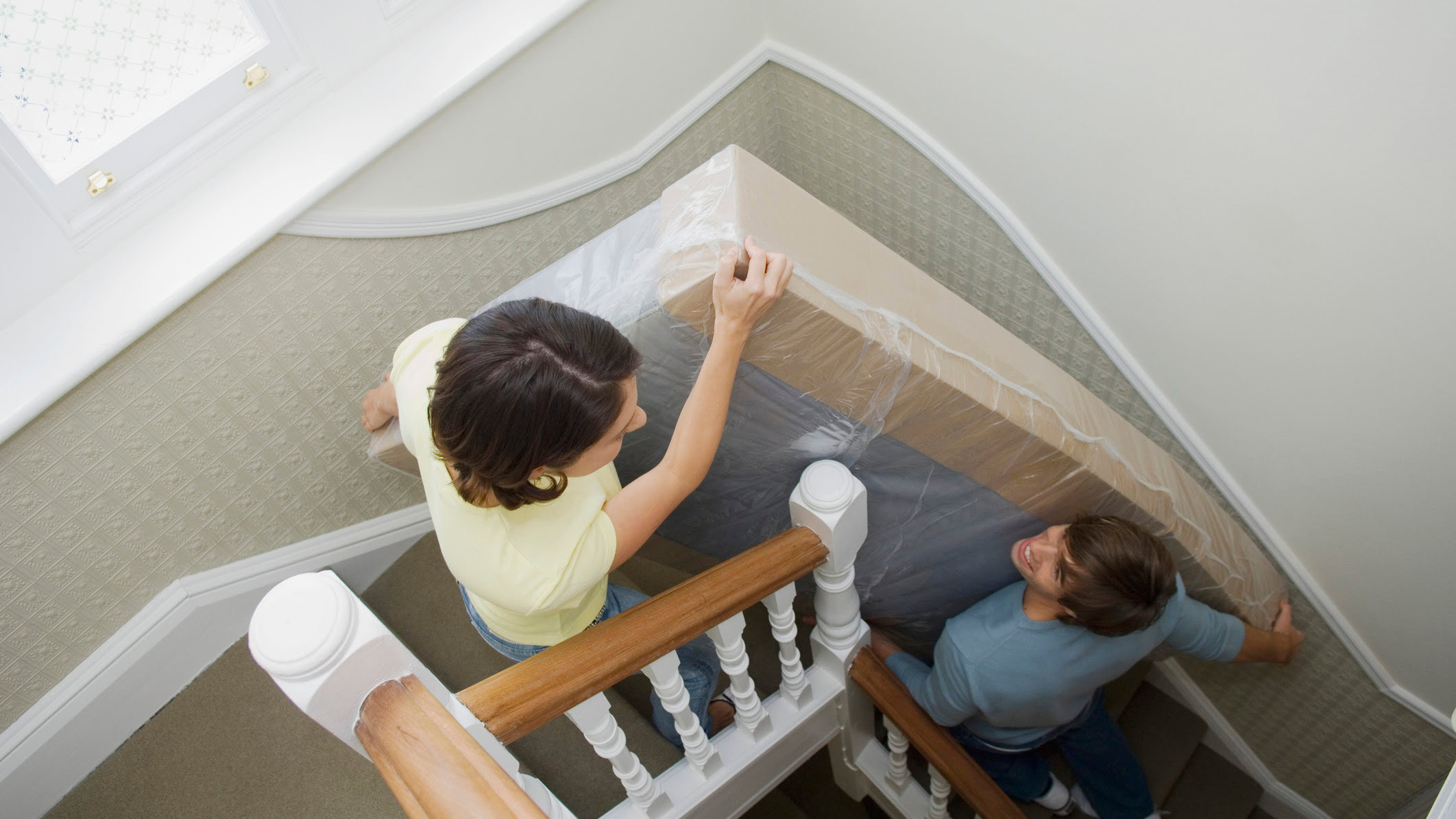
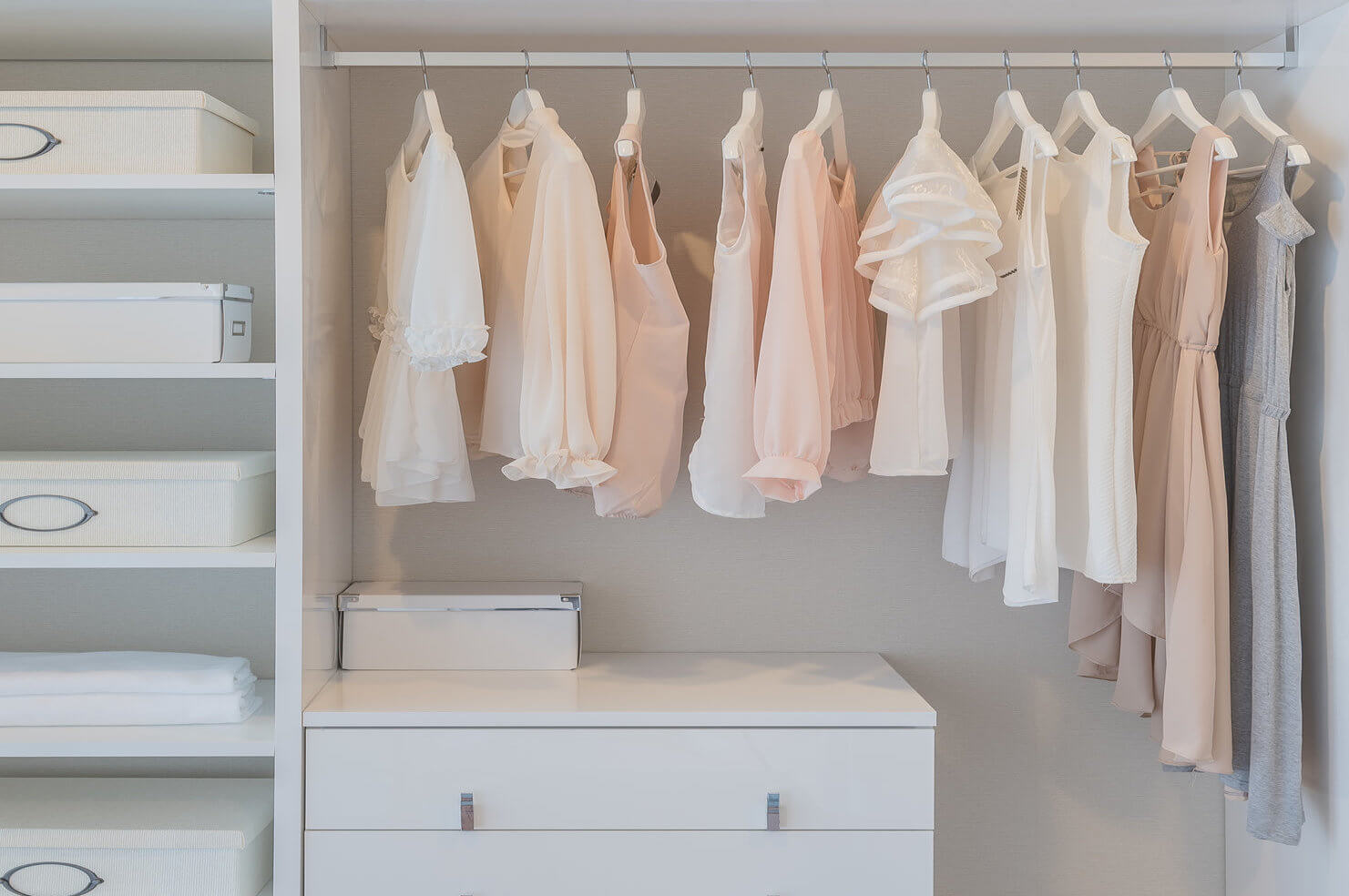
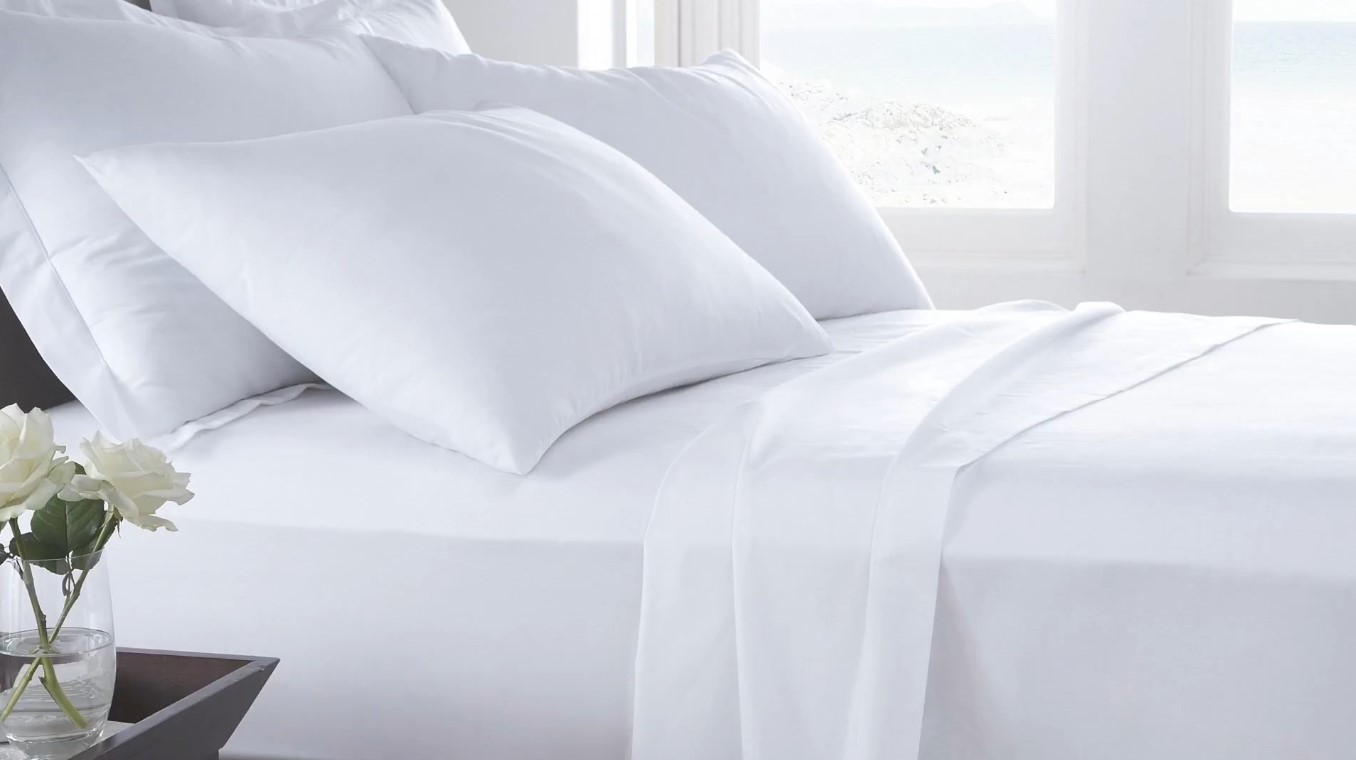
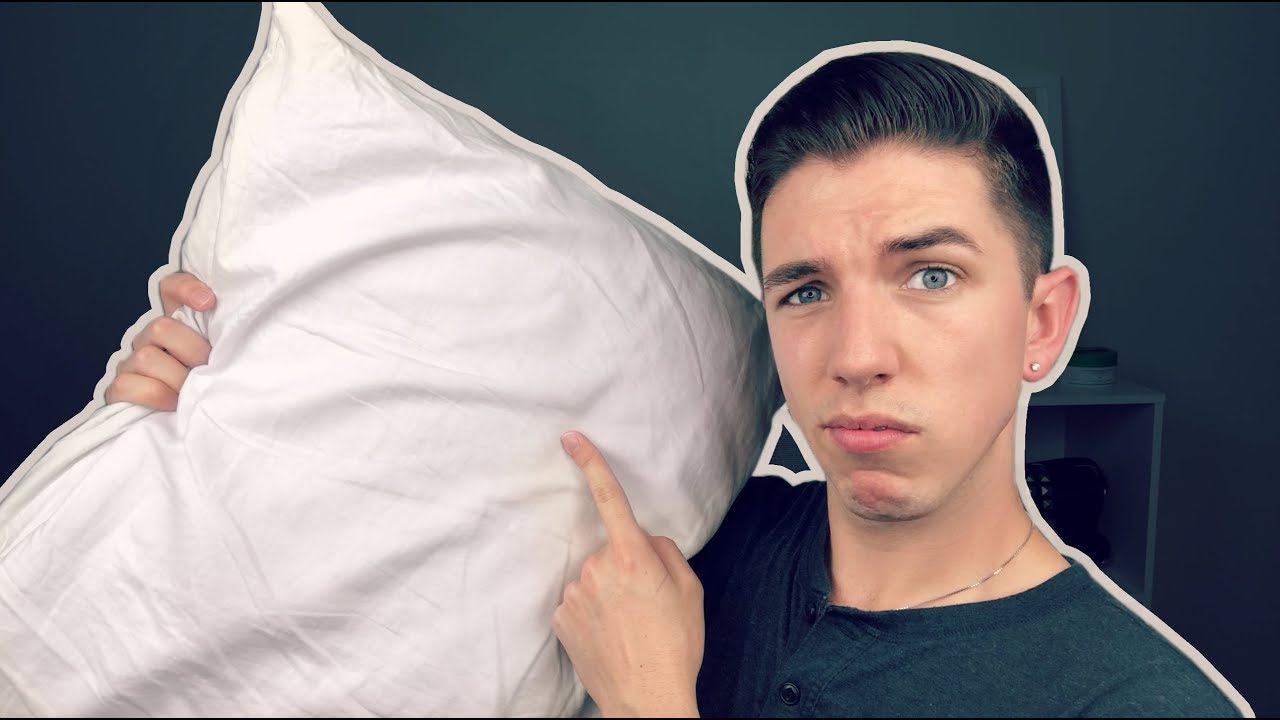


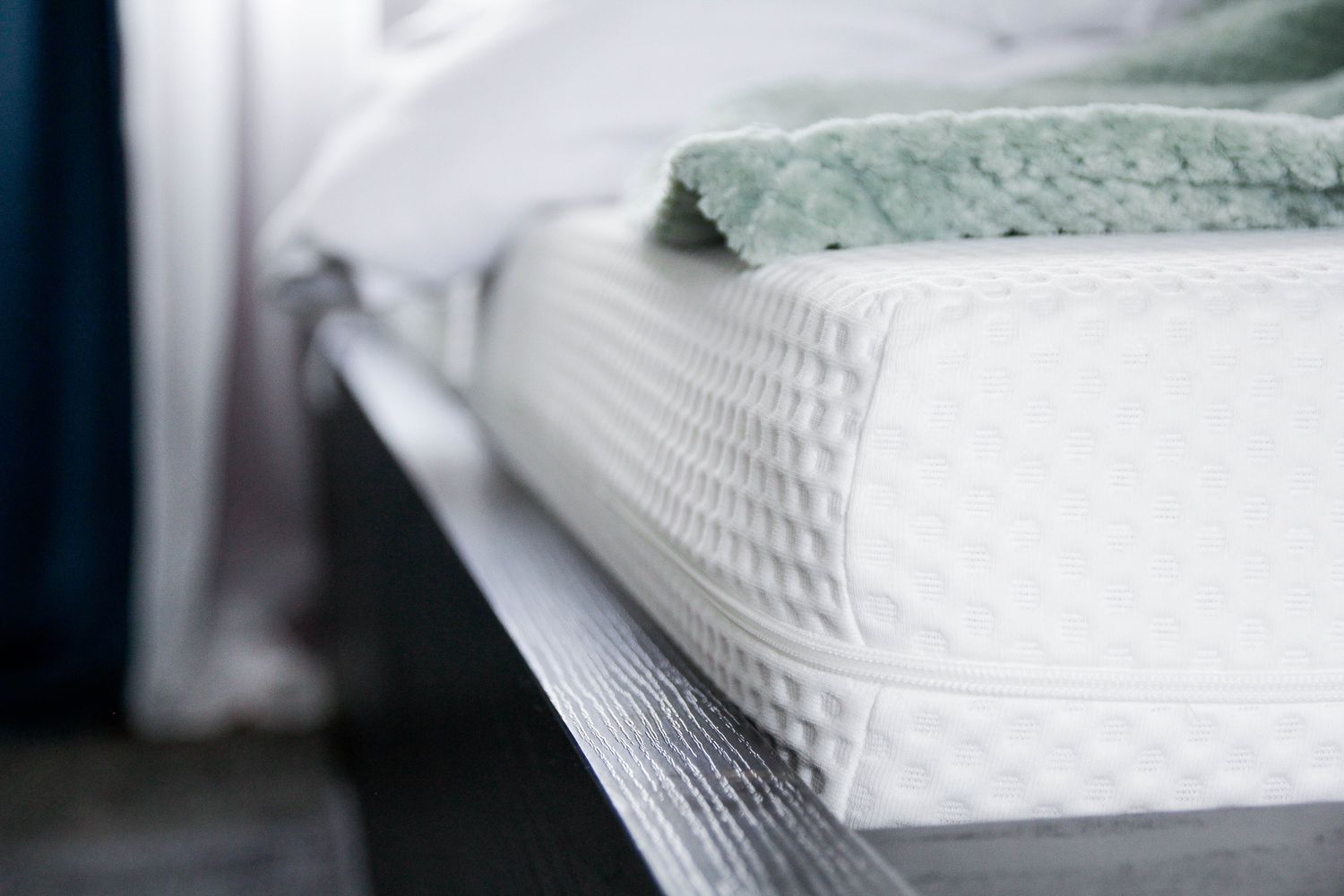
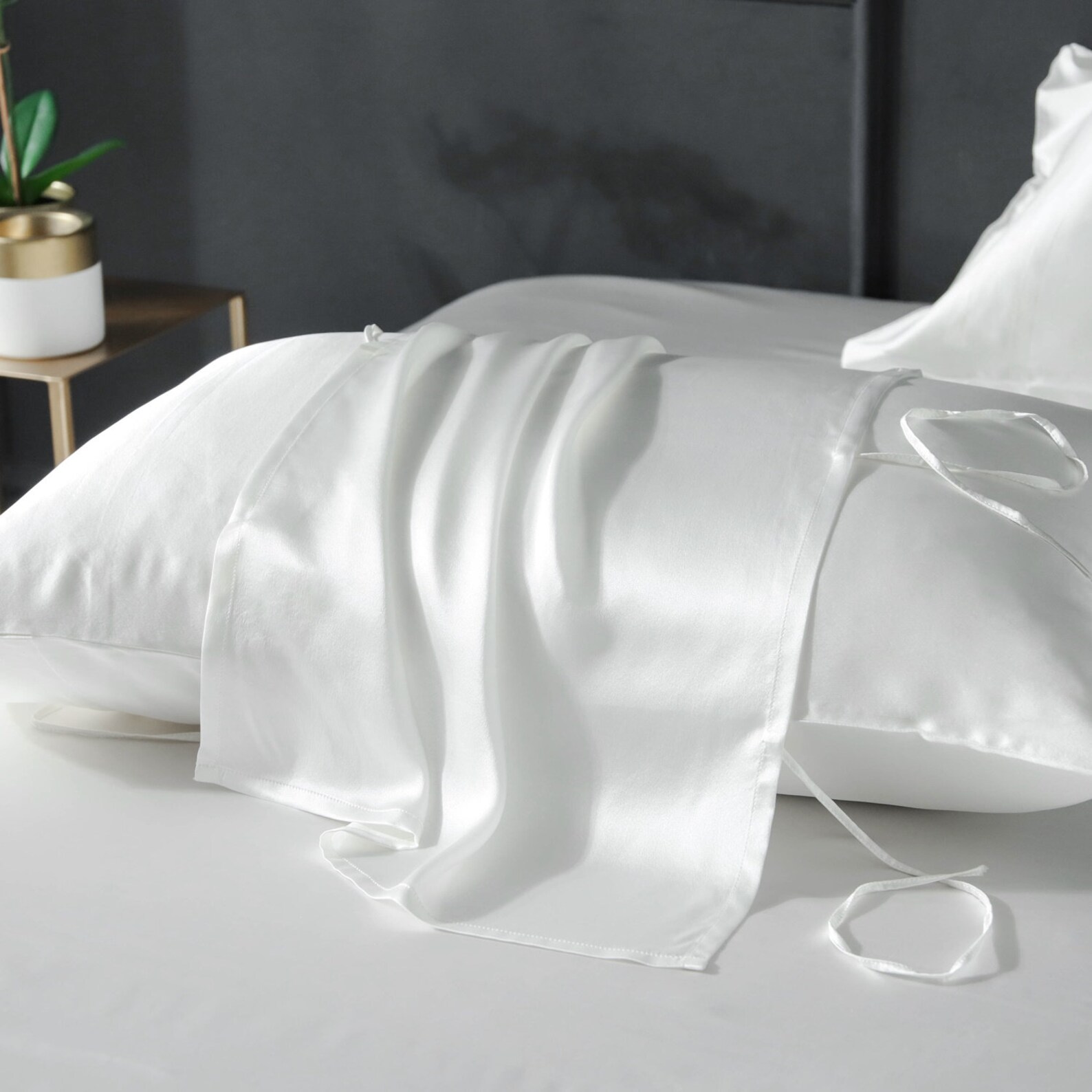
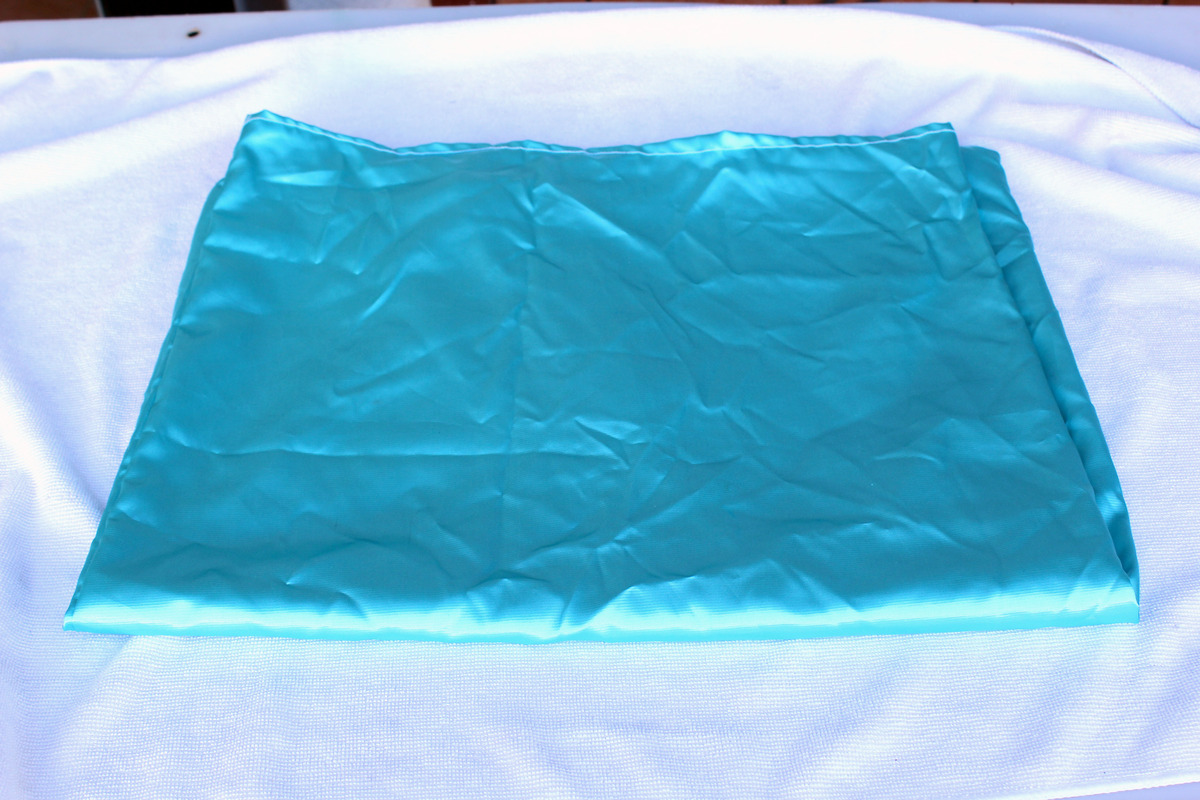
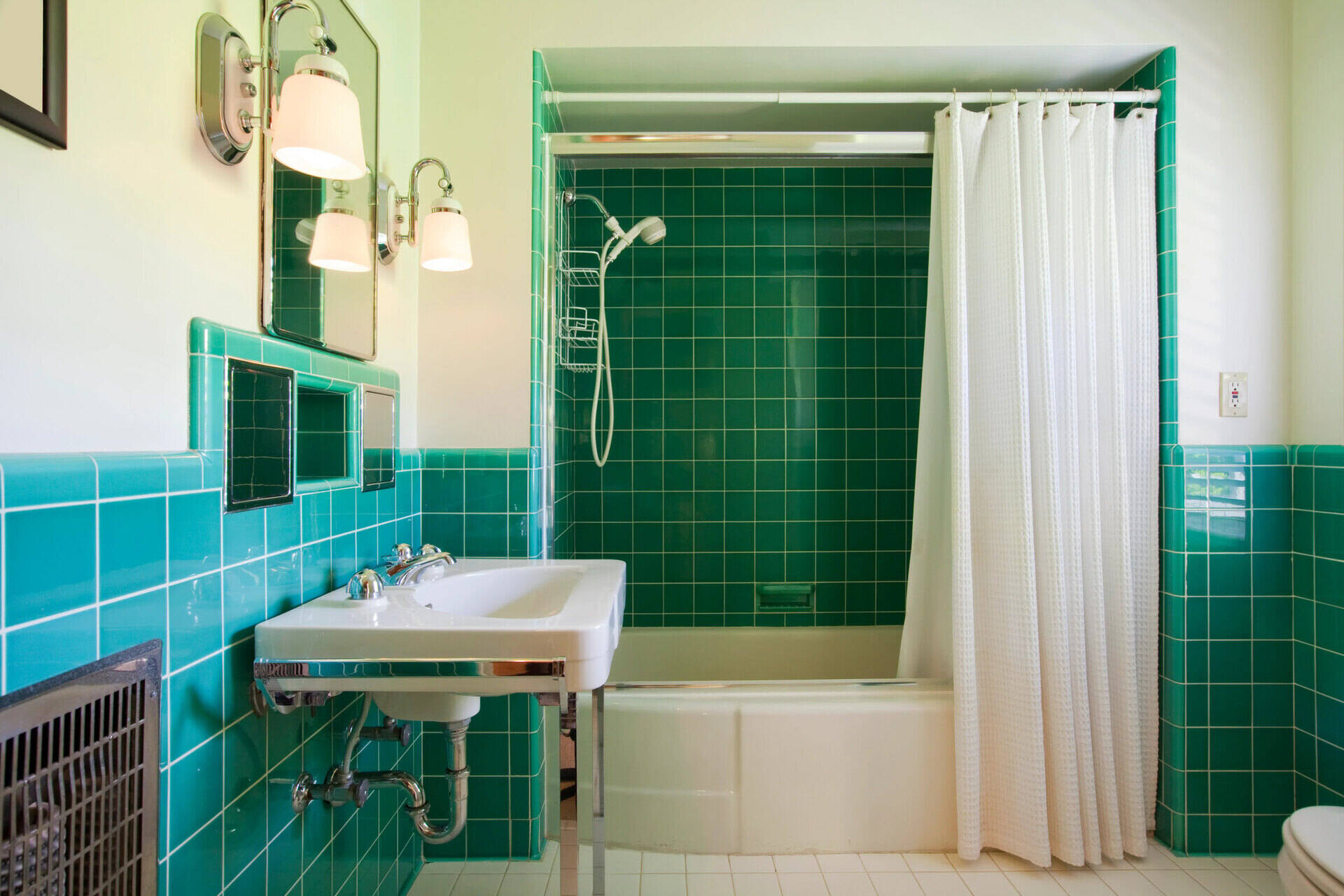
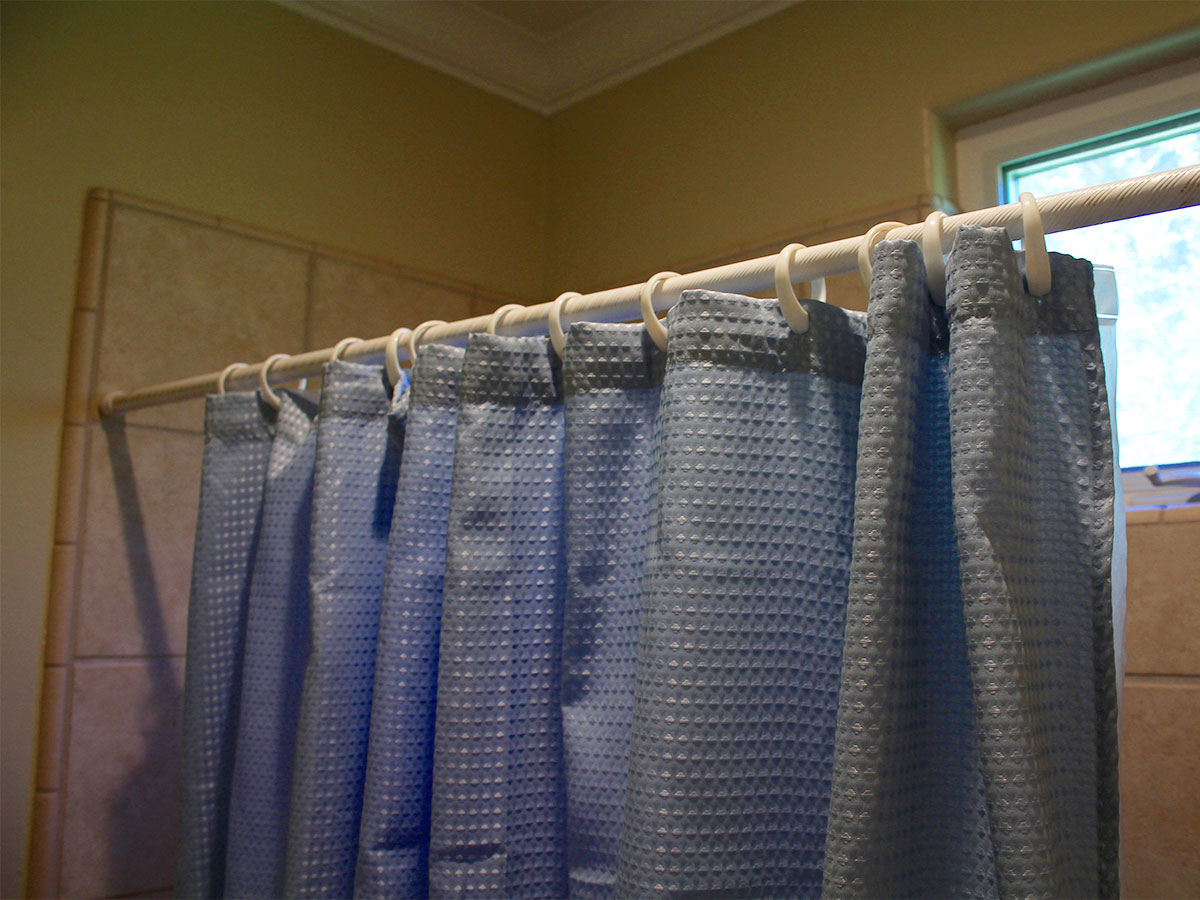
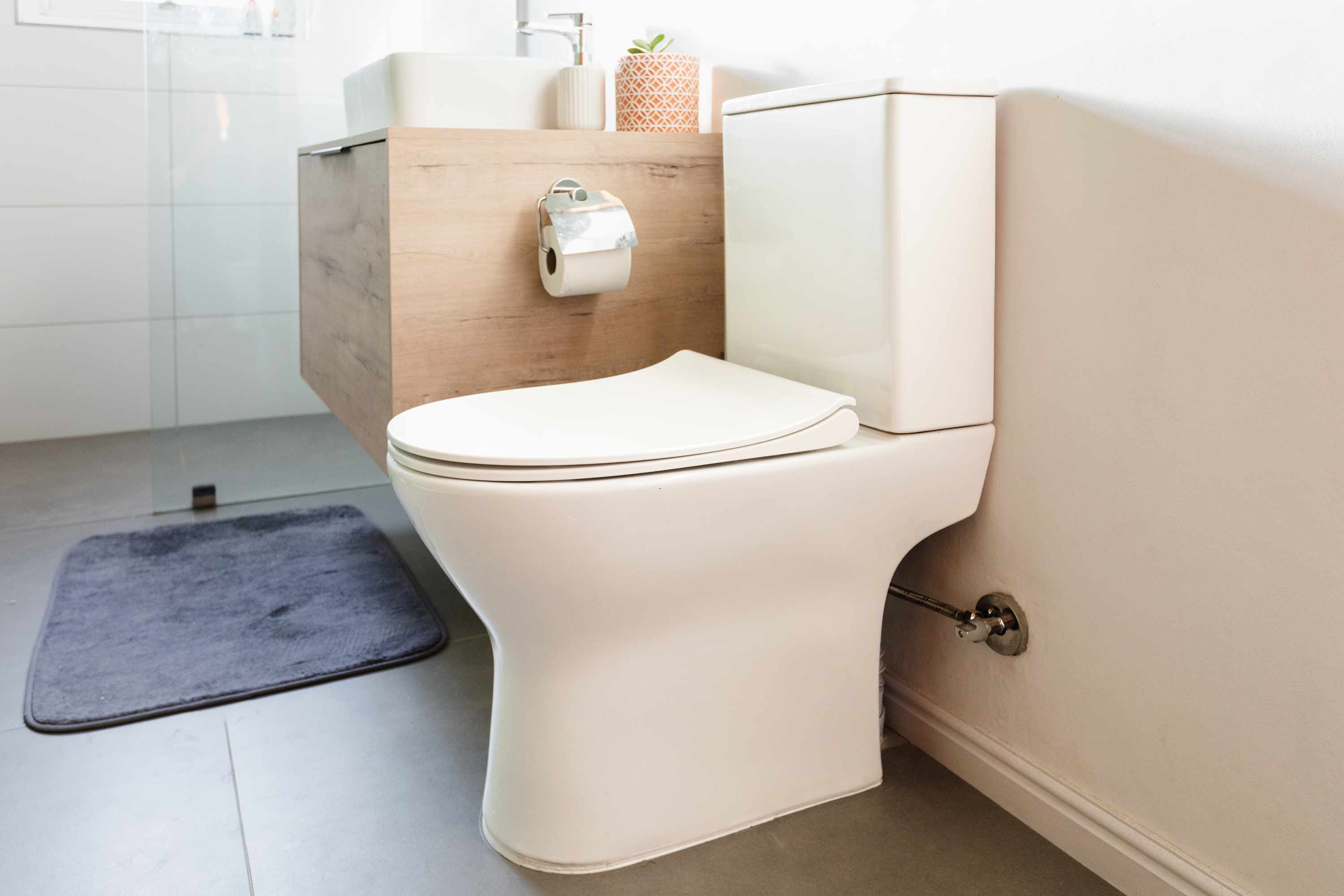
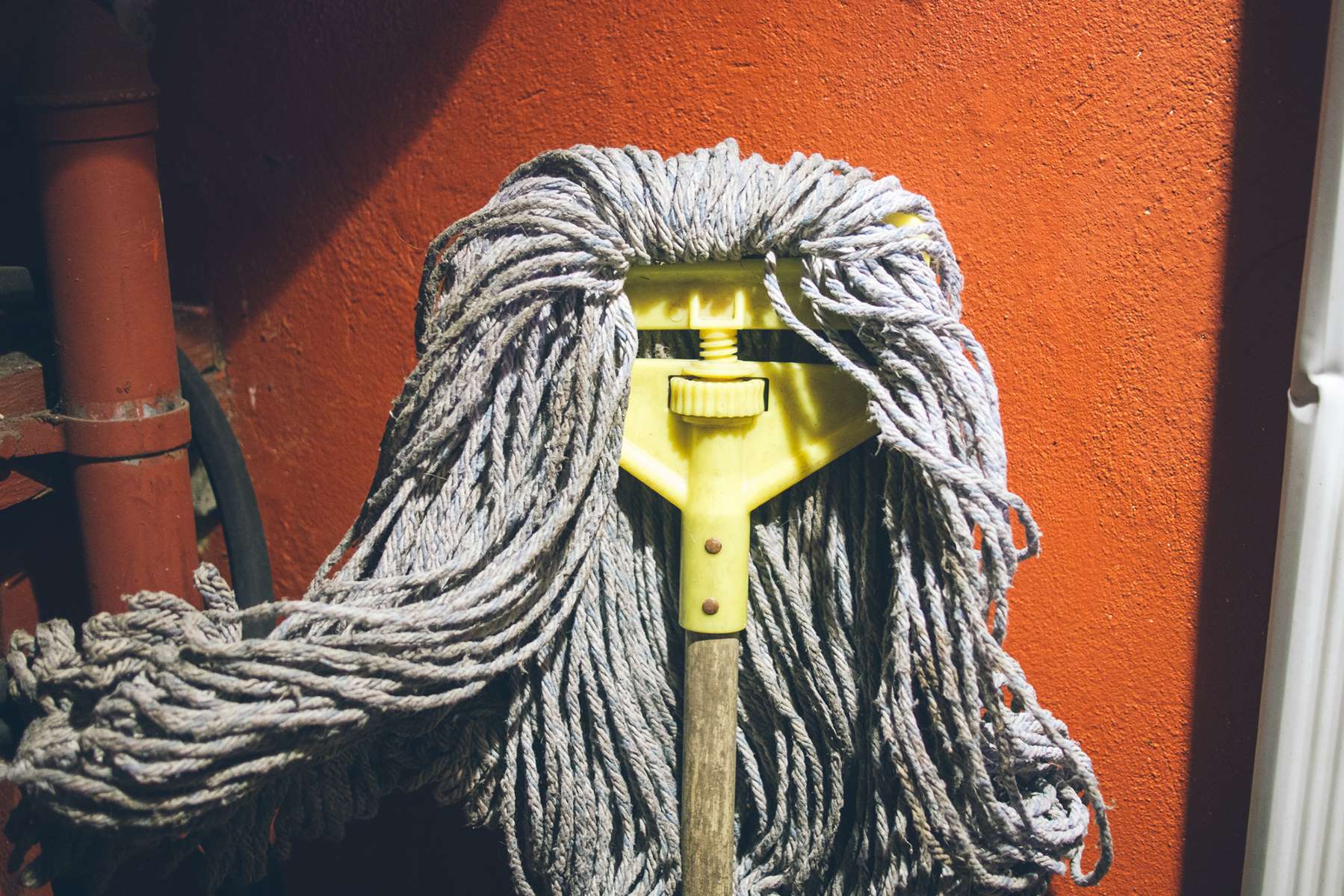
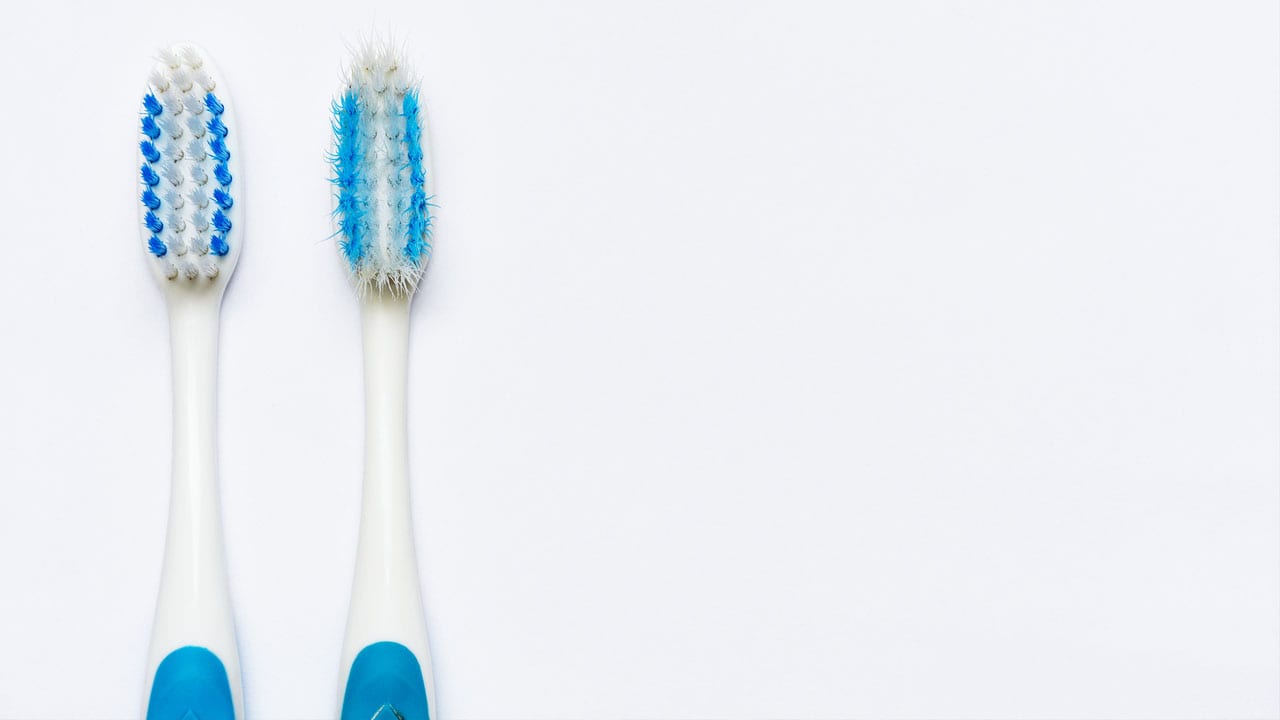

0 thoughts on “How Often Should You Change Your Pillowcase?”